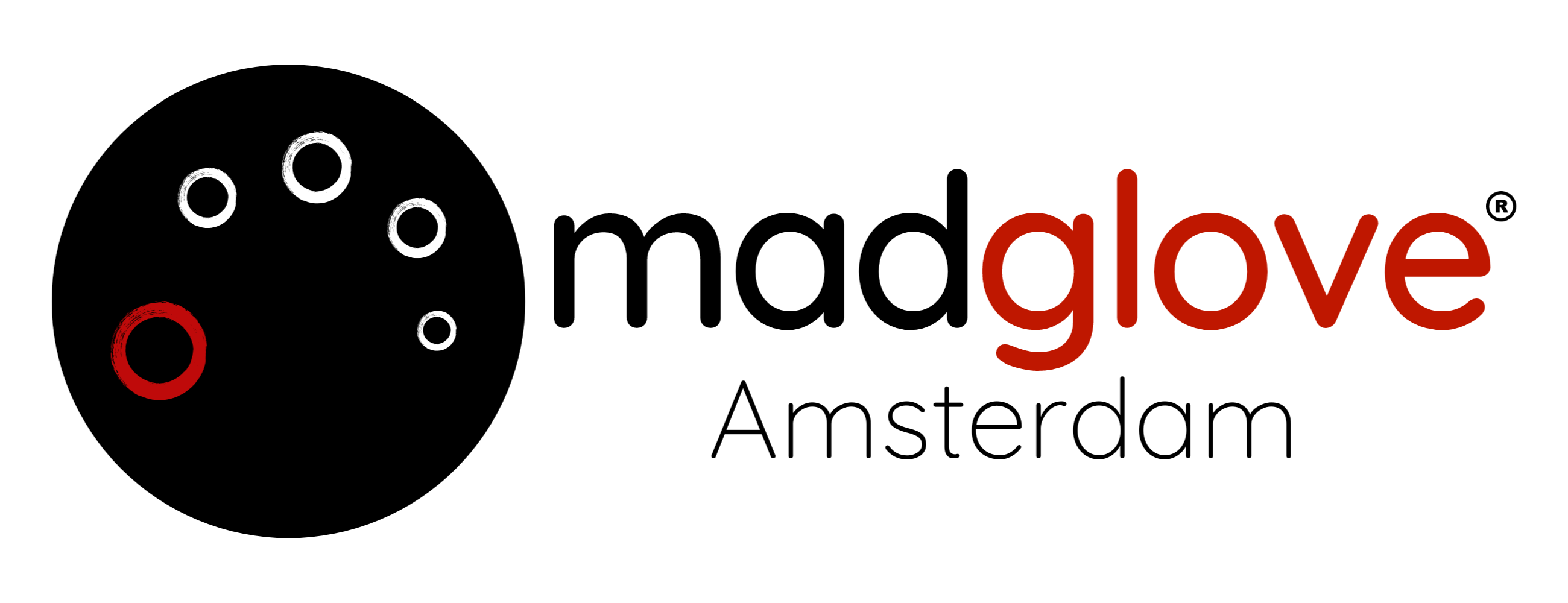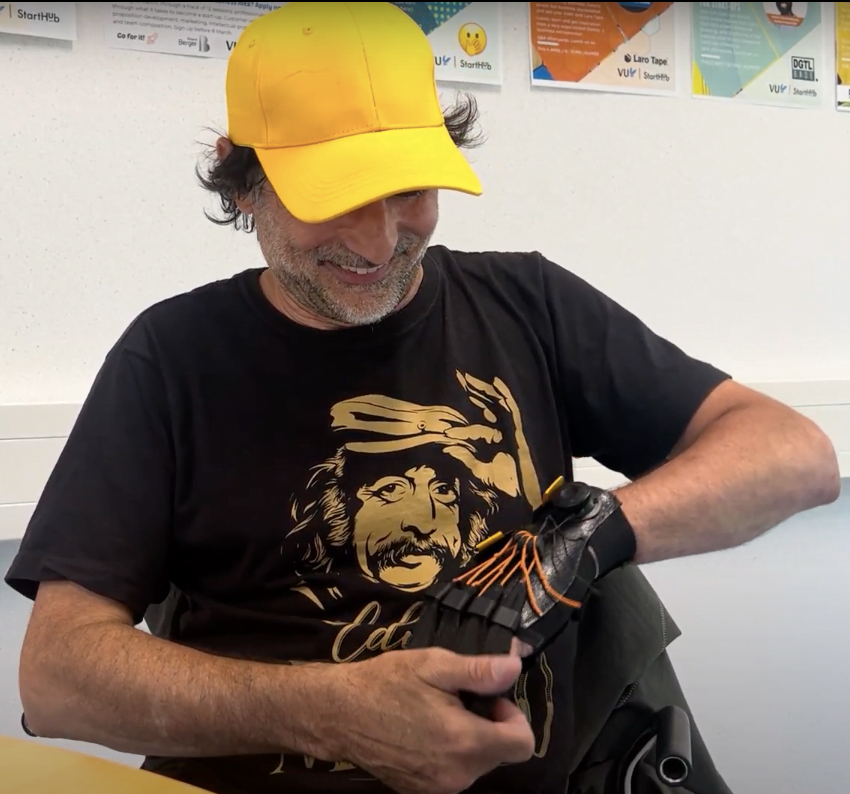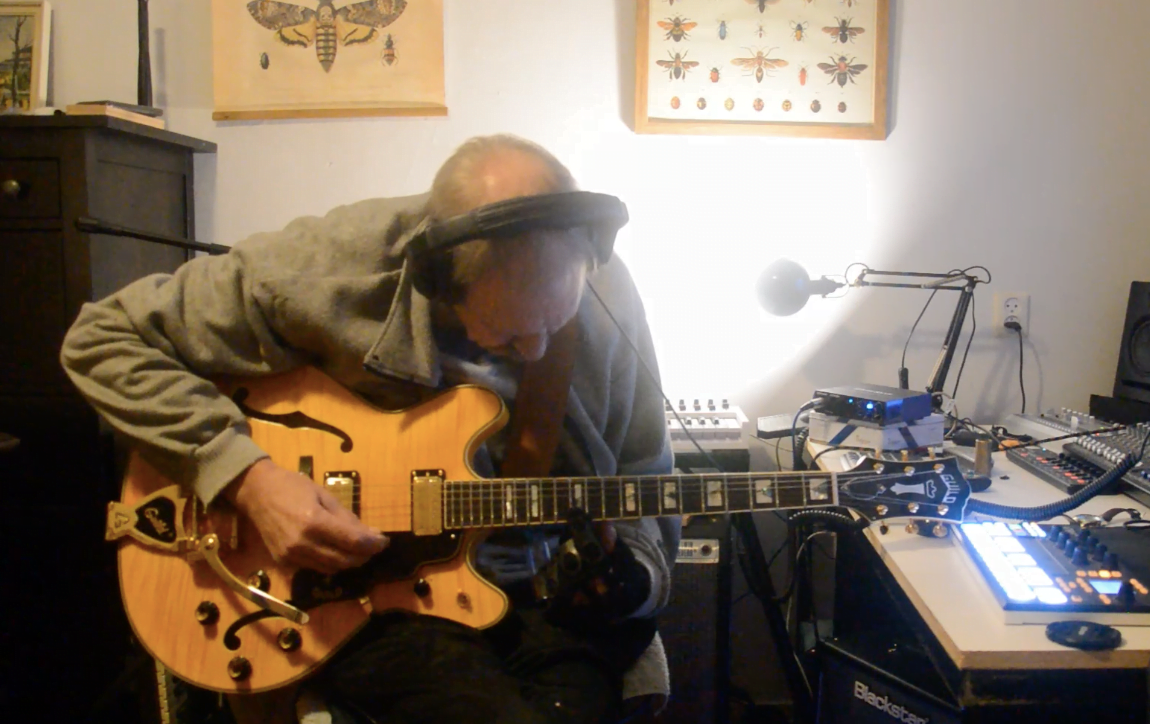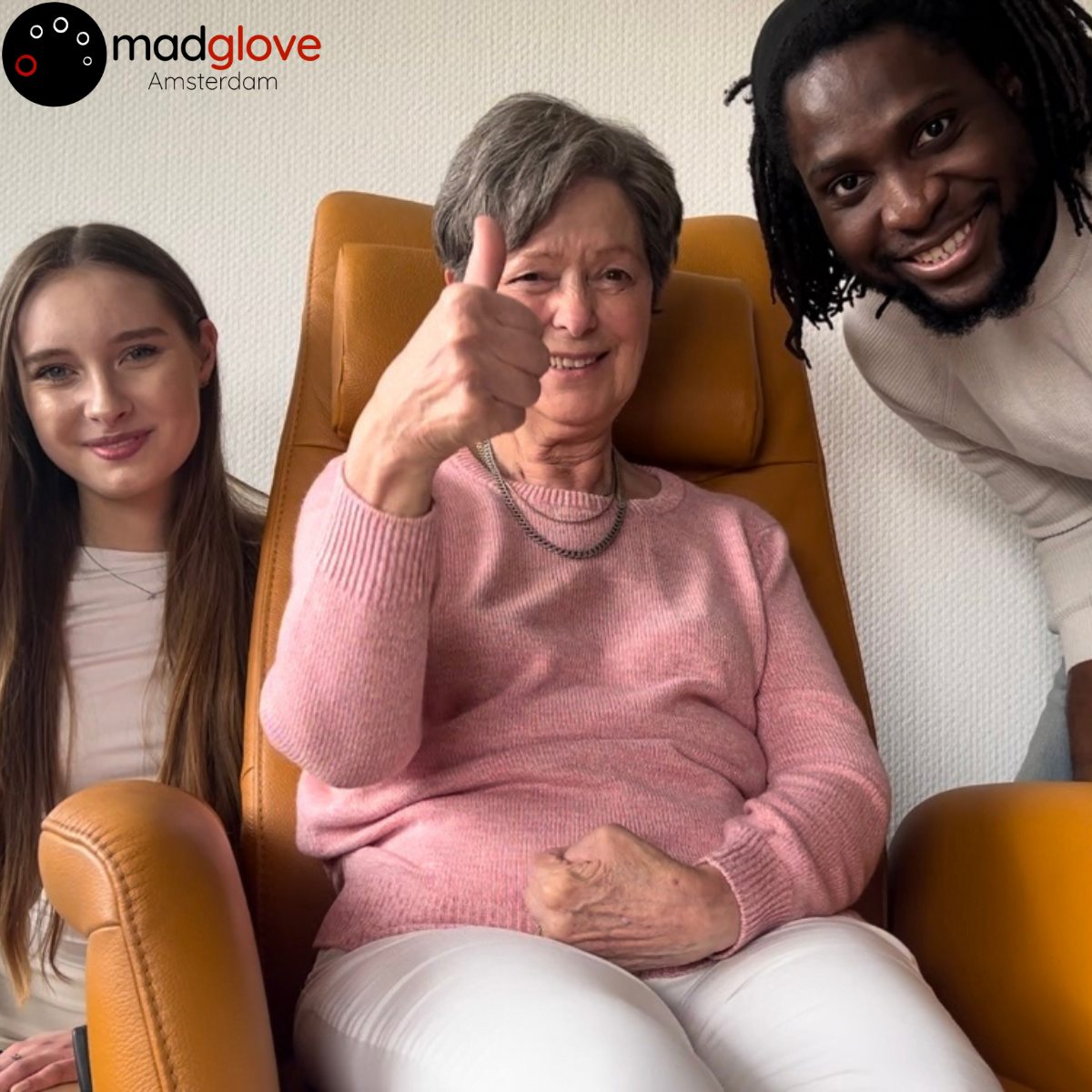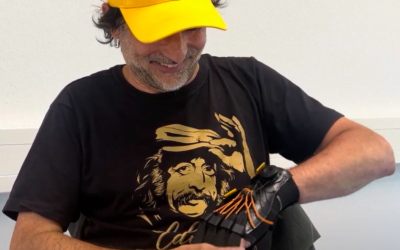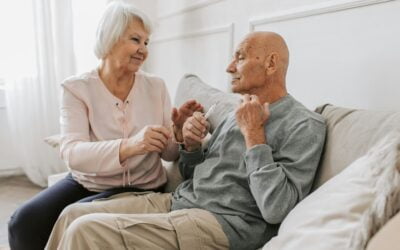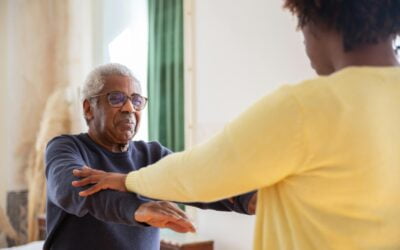The diverse needs of patients suffering from spasticity regarding in-home rehabilitation devices are shaped by a multitude of factors, including the severity of arm impairment, functional limitations, levels of mobility independence, available familial support, residential environment, and financial considerations. Many stroke survivors find invaluable support and progress through the integration of innovative at-home therapy devices into their rehabilitation routines. The rapid advancement of upper extremity neurorehabilitation technologies has made effective therapy solutions greather than ever before. Nevertheless, many devices do not allow independent in-home rehabilitation, costs more than 10’000 euros or are not customisable enough. Moreover, they are created in a way to help perform certain tasks, but not to improve hand functions in the long run.
Navigating the Long Road of Stroke Recovery: Overcoming Plateaus
In the past, it was commonly believed among healthcare professionals that hand recovery reached a plateau around 6 months post-stroke. However, emerging research now suggests that motor recuperation can extend up to 20 years post-stroke, with the implementation of ongoing functional movements and targeted exercises (1-3).
Harnessing the Power of Active Engagement to Enhance Hand Function
The journey to improved hand function requires a commitment to consistent exploration of new activities. Regardless of the degree of weakness or muscle tone, the key lies in continuous utilisation of the affected hand. Emphasising high-repetition exercises, such as card flipping or cup stacking, fosters neuroplasticity and solidifies motor memory, leading to smoother, more automated movements over time.
Introducing Madglove’s Revolutionary At-Home Therapy Device
At Madglove, we are committed to pioneering solutions that enhance the lives of individuals with hand disability. Our innovative at-home therapy device, fashioned as a glove, offers relief from spasticity and promotes improved motor function in the long run. The glove is designed for independent use by the wearer in the comfort of their own home, while still maintaining affordability. By empowering individuals to perform daily tasks more efficiently, our device aims to elevate overall hand dexterity and functionality, fostering greater societal inclusion and reducing the overall burden of stroke.
Join us in our mission to redefine stroke rehabilitation.
Warm regards,
David
1. Sörös, P., Teasell, R., Hanley, D. F., & Spence, J. D. (2017). Motor recovery beginning 23 years after ischemic stroke. Journal of neurophysiology, 118(2), 778–781. https://doi.org/10.1152/jn.00868.2016
2. Hatem, S. M., Saussez, G., Della Faille, M., Prist, V., Zhang, X., Dispa, D., & Bleyenheuft, Y. (2016). Rehabilitation of Motor Function after Stroke: A Multiple Systematic Review Focused on Techniques to Stimulate Upper Extremity Recovery. Frontiers in human neuroscience, 10, 442. https://doi.org/10.3389/fnhum.2016.00442
3. Belén Rubio Ballester, Martina Maier, Armin Duff, Mónica Cameirão, Sergi Bermúdez, Esther Duarte, Ampar Cuxart, Susana Rodríguez, Rosa María San Segundo Mozo, and Paul F. M. J. Verschure (2019). A critical time window for recovery extends beyond one-year post-stroke. Journal of Neurophysiology, 122:1, 350-357. https://doi.org/10.1152/jn.00762.2018
